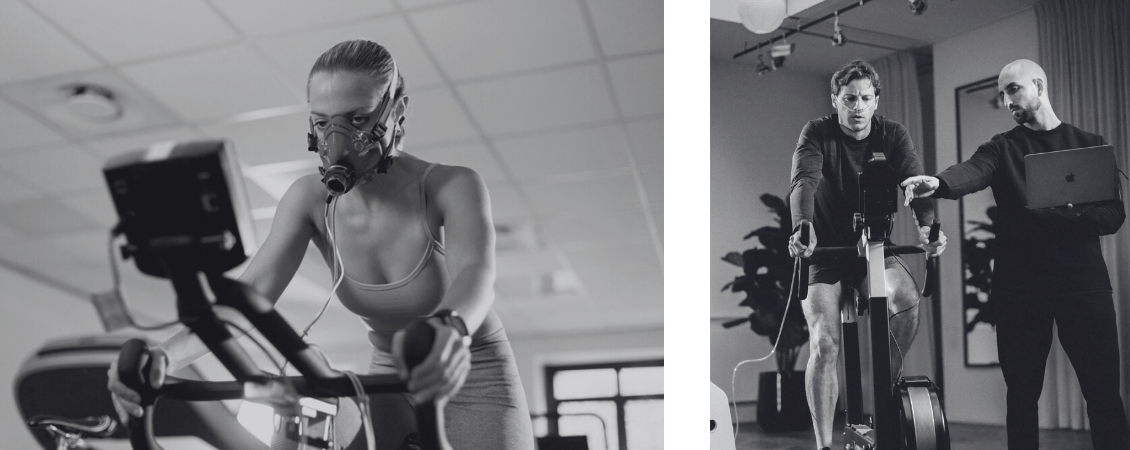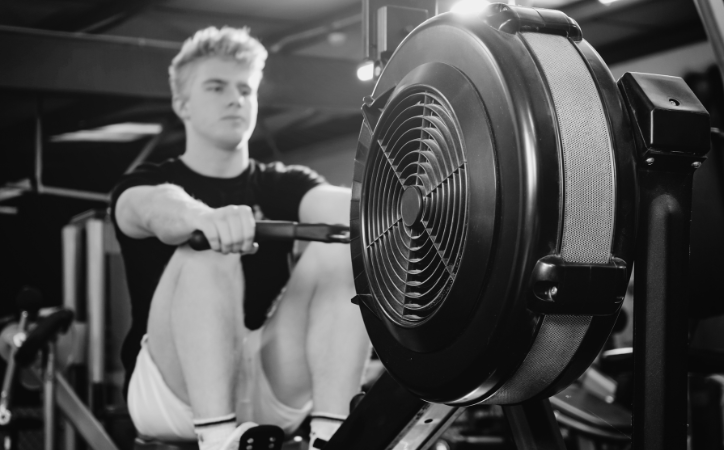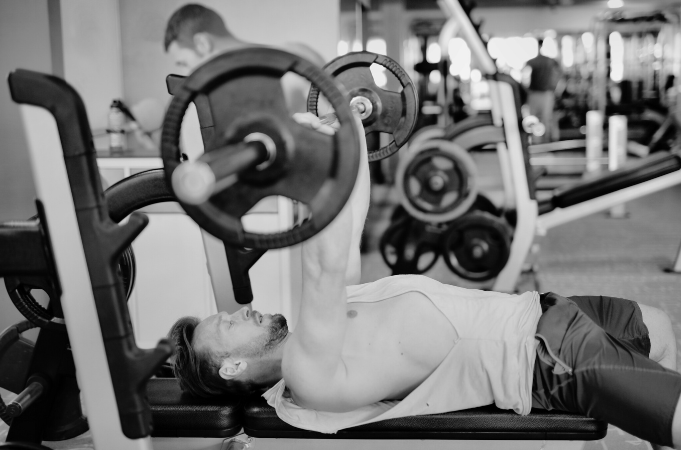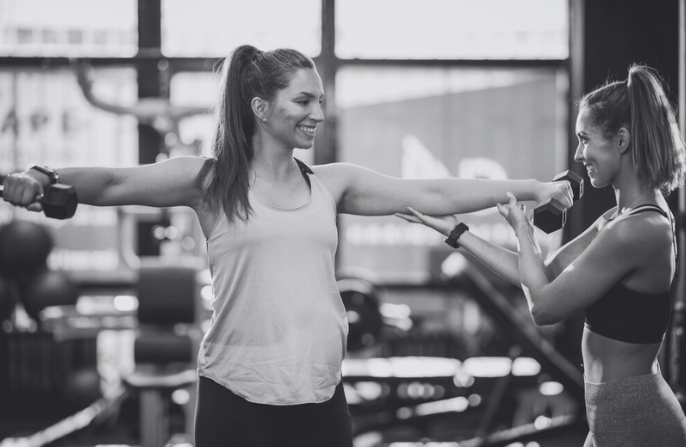Is Cardio More Effective Before or After Strength Training?
For many athletes aiming for optimal health and fitness, one pressing question remains: should you do cardio before or after strength training? Both training methods have their benefits, but the order in which you perform them can make a significant difference in your results. Whether your goal is fat loss, muscle growth or general fitness improvement, it’s important to understand how cardio and strength training interact. In this article, we explain what science says and how you can tailor the order to match your personal goals.

What Happens to Your Energy During a Workout?
To understand the best timing for cardio, it’s important to first know how your body uses energy during different types of training. During strength training, your body uses ATP and creatine phosphate for quick energy, and shifts to glycogen for slightly longer efforts. This combination allows you to maintain intense workouts and supports muscle growth, strength and fat burning through the afterburn effect.
Cardio burns a mix of glycogen and fat, depending on the intensity and duration. During high-intensity sessions, glycogen is used first for quick energy, followed by fat if the workout continues for longer or remains low in intensity. This alternation between energy sources makes cardio effective for improving endurance and burning fat, especially when done consistently.
Effect of Doing Cardio Before Strength Training
Doing cardio before strength training can help warm up your body and stimulate blood circulation. For many people, a short cardio session serves well as a warm-up. At Beyond, we always have our clients warm up for about 5 minutes before starting the workout, which helps prevent injuries. However, a downside of cardio before strength training is that it partially depletes your glycogen stores, which may impact your strength performance. As a result, you might have less energy left for heavy exercises like squats, deadlifts or bench presses. This can be a disadvantage if your main focus is muscle growth or strength, as fatigue may reduce your performance.
Effect of Doing Cardio After Strength Training
If muscle building and fat loss are your main goals, it may be more beneficial to do cardio after strength training. By doing strength training first, you use up a large portion of glycogen, which can lead to faster fat burning during your cardio session. This principle may be especially useful for those looking to reduce their body fat percentage. Additionally, strength training increases blood flow to your muscles, keeping your body in an active state. This makes the transition to cardio smoother and may boost fat burning. However, doing cardio after strength training also has potential downsides, such as fatigue, impaired muscle recovery, increased risk of overtraining and possible muscle breakdown.
Training Intensity and Weekly Planning
An important factor is the intensity of your workouts. To minimize the downsides mentioned above, you can opt for a shorter or less intense form of the activity you start with. For example, go for a light bike ride or walk if doing cardio before strength training. And use bodyweight exercises or resistance bands if doing strength training first. This way, the two forms of training interfere with each other the least. If your goal is to improve both strength and endurance, it may be smart to plan these workouts on different days. This allows you to benefit from both without overloading your body. Of course, building in sufficient rest between sessions is essential.
What Does the Science Say?
Various studies show that the order of cardio and strength training affects muscle growth and fat burning. Research indicates that doing cardio before strength training may reduce performance in the strength session due to depleted energy. On the other hand, doing cardio after strength training has no negative effect on your strength performance and may even enhance fat burning. Still, the overall effect tends to be small and depends heavily on personal factors such as training experience, recovery ability and goals.
Let the Order Match Your Physical Goals
The most important thing is to start with what has priority for you. Want to improve your endurance first? Start your workout with cardio. Want to get bigger and stronger? Then begin with strength training. Also listen to your own body: sometimes alternating the order of your workouts can help you stay motivated and avoid overtraining. Try both options at Beyond and discover what works best for your body and your goals.







